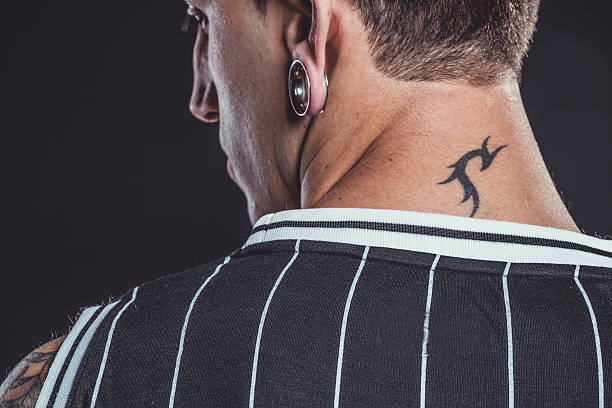Military Tribunal Roles

Introduction to Military Tribunal Roles

The military tribunal system is a unique and complex aspect of military justice, designed to handle cases involving military personnel, veterans, and in some instances, civilians. This system operates under its own set of rules and procedures, distinct from civilian courts. At the heart of this system are various roles, each playing a crucial part in the administration of justice. Understanding these roles is essential for grasping how military tribunals function and their significance within the broader context of military law.
Key Roles in a Military Tribunal

Several key roles are integral to the functioning of a military tribunal, including: - The Judge: Often a military officer with legal training, the judge presides over the tribunal, ensuring that proceedings are conducted fairly and in accordance with military law. - The Prosecution: Represented by a military prosecutor, this side presents the case against the accused, aiming to prove guilt beyond a reasonable doubt. - The Defense: The defense team, which may include military defense attorneys or civilian lawyers with the necessary security clearances, works to defend the accused, challenging the prosecution’s evidence and arguments. - The Court Reporter: Responsible for creating a verbatim record of the proceedings, the court reporter plays a vital role in documenting the tribunal’s activities. - The Security Personnel: Ensuring the safety and security of the tribunal, its participants, and the facility, security personnel are always present during proceedings.
The Tribunal Process

The process of a military tribunal involves several stages, from the pre-trial phase through to the verdict and potential appeal. Here is a simplified overview: - Pre-Trial: This phase involves the investigation of the alleged offense(s), the gathering of evidence, and the decision to proceed with a tribunal. - Arraignment: The accused is formally advised of the charges and has the opportunity to enter a plea. - Trial: Evidence is presented by both the prosecution and the defense, and the tribunal members deliberate to reach a verdict. - Verdict and Sentencing: If found guilty, the accused is sentenced according to the severity of the offense and military law. - Appeal: The accused has the right to appeal the verdict or sentence to a higher military court.
Types of Military Tribunals

There are several types of military tribunals, each with its specific purposes and jurisdictions: - General Court-Martial: The most severe type, it can impose significant penalties, including lengthy prison sentences and dishonorable discharge. - Special Court-Martial: Less severe than a general court-martial, it can still result in substantial penalties but is generally reserved for less serious offenses. - Summary Court-Martial: The least severe, it is used for minor offenses and can impose relatively mild penalties.
Importance of Understanding Tribunal Roles

Understanding the roles within a military tribunal is crucial for several reasons: - Fairness and Justice: Ensuring that each role is fulfilled appropriately helps guarantee that proceedings are fair and just. - Transparency: Knowledge of these roles and their responsibilities promotes transparency within the military justice system. - Accountability: Each role contributes to holding military personnel accountable for their actions, maintaining discipline and order within the military.
📝 Note: The specifics of military tribunal roles and procedures can vary between countries, so it's essential to consult the relevant military law and regulations for detailed information.
Challenges and Reforms

The military tribunal system faces ongoing challenges and criticisms, including concerns over fairness, transparency, and the handling of certain types of cases, such as those involving sexual assault or national security. In response, many countries have implemented or are considering reforms to their military justice systems, aiming to improve outcomes and enhance confidence in the system.
Conclusion

In summary, the roles within a military tribunal are multifaceted and critical to the operation of military justice. From the judge and the prosecution to the defense and support staff, each plays a vital role in ensuring that justice is served. As the military and its legal systems continue to evolve, understanding these roles and their contributions will remain essential for promoting fairness, transparency, and accountability within the military.
What is the primary purpose of a military tribunal?

+
The primary purpose of a military tribunal is to try members of the military for offenses committed under military law, ensuring that military personnel are held accountable for their actions in a fair and just manner.
How does a military tribunal differ from a civilian court?

+
A military tribunal differs from a civilian court in its jurisdiction, procedures, and the laws it applies. Military tribunals are governed by military law and handle cases involving military personnel, while civilian courts operate under civilian law and jurisdiction.
Can a military tribunal try civilians?

+
In certain circumstances, yes, a military tribunal can try civilians, especially in cases where the civilian is accused of committing offenses against the military or in a combat zone. However, this is subject to the specific laws and regulations of the country in question.



